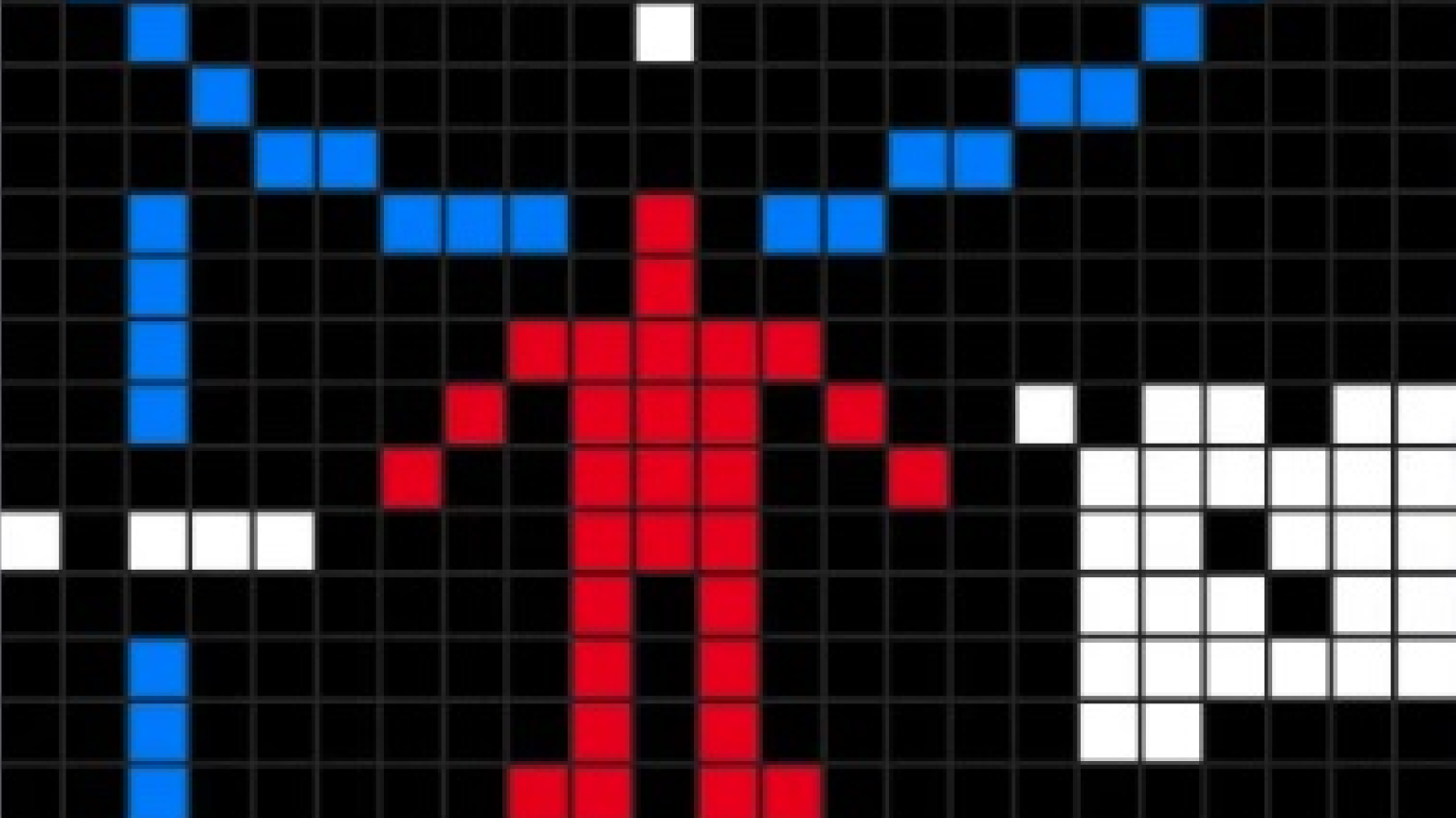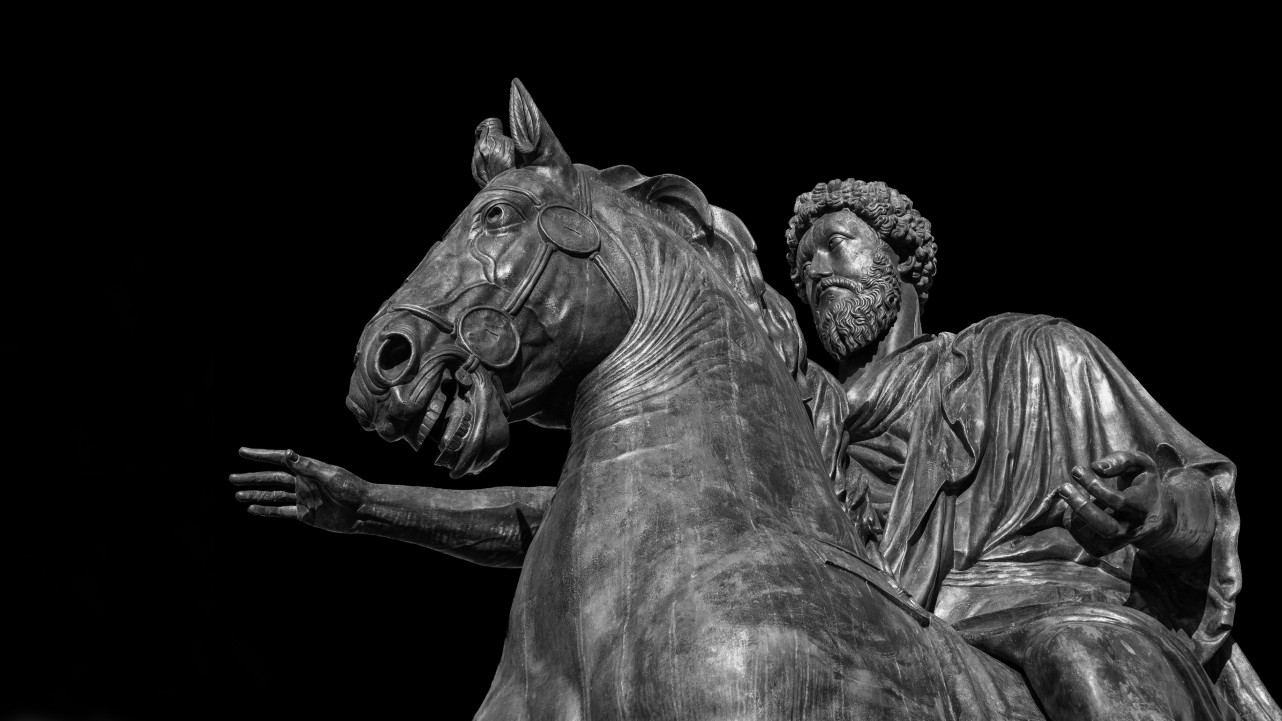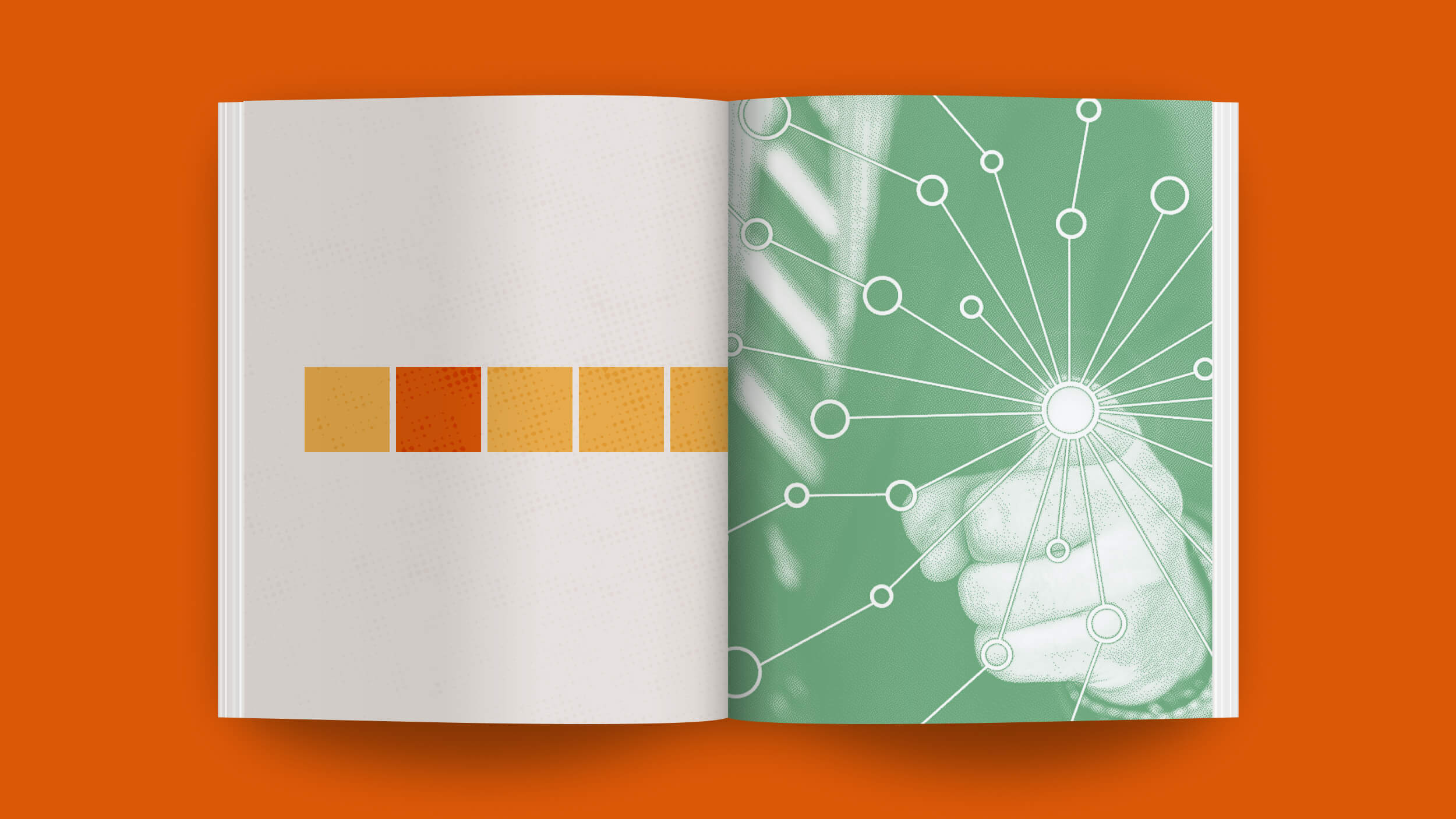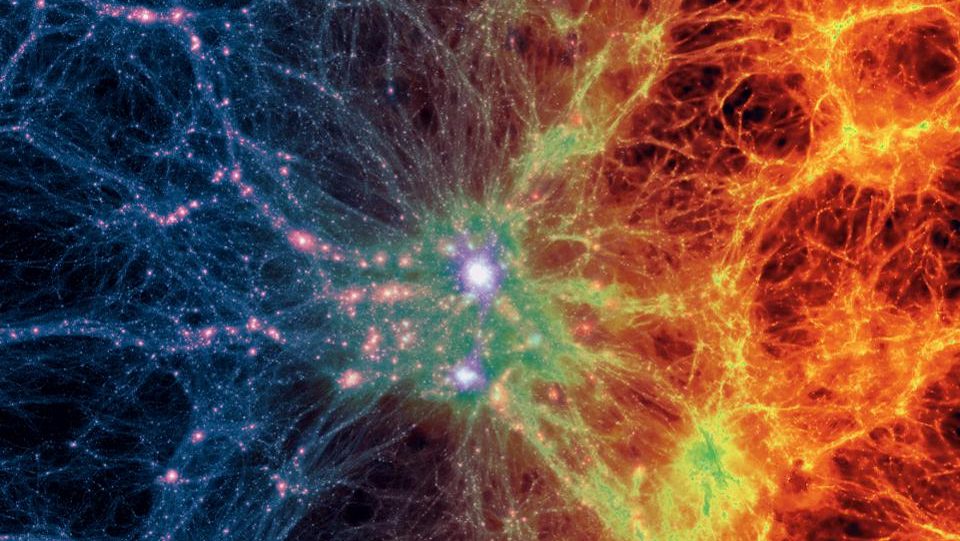Espionage at the Museum
In an effort to gather data and make facilities more entertaining, some museums have deployed stealth observers to document patron reactions to how exhibitions are laid out.
Sign up for the Smarter Faster newsletter
A weekly newsletter featuring the biggest ideas from the smartest people
In an effort to gather data and make facilities more entertaining, some museums have deployed stealth observers to document patron reactions to how exhibitions are laid out. “Their efforts reflect the broader change in the mission of museums,” says The Wall Street Journal. “It’s no longer enough to hang artfully curated works. Museum exhibits are expected to be interactive and engaging. As well, many foundations and donors are requiring proof that their funding is well-spent, and the studies provide data to show a rise in traffic or exhibit engagement. … The idea of trying to reach quantifiable judgments on how works should be hung is anathema to some.”
Sign up for the Smarter Faster newsletter
A weekly newsletter featuring the biggest ideas from the smartest people




